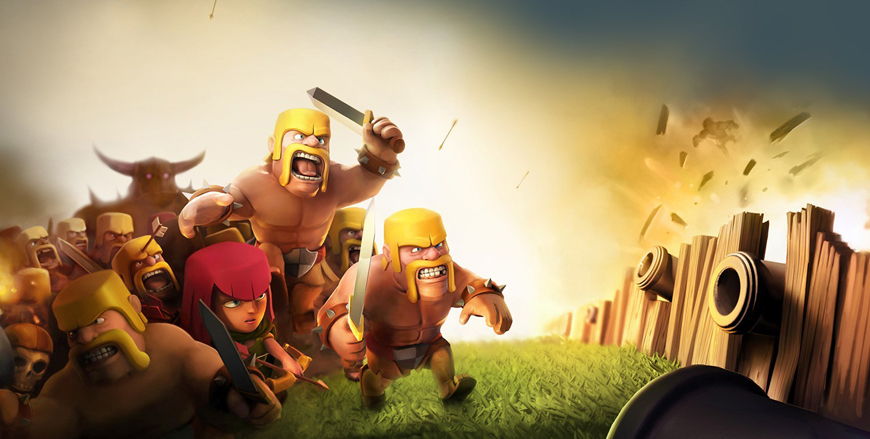It used to be that Scandinavians had a reputation for being fierce viking warriors — now the only time most of them dress up with horned helmets and bear pelts is if they’re LARPing or playing Skyrim. This doesn’t mean we should dismiss Scandinavians as hapless dweebs, however, because they’ve found nonviolent ways of conquering the world in the 21st century in the form of addictive mobile games.
RELATED: Finnish vendors had 4 of the top 10 highest-grossing iOS apps in November
App Annie’s newest report (PDF) on the state of the mobile app world in 2014 shows that five of the top 10 most downloaded games last year were made by companies that were founded in Scandinavia. Clash of Clans developer Supercell and Hill Climb Racing developer Fingersoft are both Finnish, while Subway Surfers developer Kiloo resides in Denmark. And although Candy Crush Saga developer King is now headquartered in London, it was actually founded in Sweden.
Oh, and lest we forget, Angry Birds developer Rovio is still a powerhouse in the mobile gaming industry and it is also a Finnish company.
Scandinavian countries’ total combined population is around 26 million people. Japan, which features hot mobile app developers LINE, GungHo Online and COLOPL, has a population of more than 120 million. And China and the United States, which also have some top mobile game developers, have populations that dwarf any of those regions.
So how is it that a region with such a comparatively small population has produced some of the most dominant players in the mobile gaming industry? We asked our resident Finnish app expert Tero Kuittinen for a logical explanation and these are the three major reasons he gave us:
- Scandinavian economies feature “tiny domestic markets which demand product design with universal themes and export potential.” This helps explain why games such as Angry Birds and Candy Crush have universal cultural appeal.
- “Nokia and Ericsson started investing in mobile game development after 1997 when Nokia Snake became a global blockbuster game,” which meant that even when things started going downhill for Nokia’s handset business, there was a large talent base left behind that was ready to rip out games for iOS and Android.
- “Tight-knit developer communities exchange data and ideas about monetization, marketing and licensing trends in monthly meetings,” which explains why so many developers were so quick to move to the free-to-download, in-app-purchase model for games.
So there you have it: This is how a group of people whose ancestors struggled to survive in barely habitable frozen wastelands came to conquer the mobile app world.






